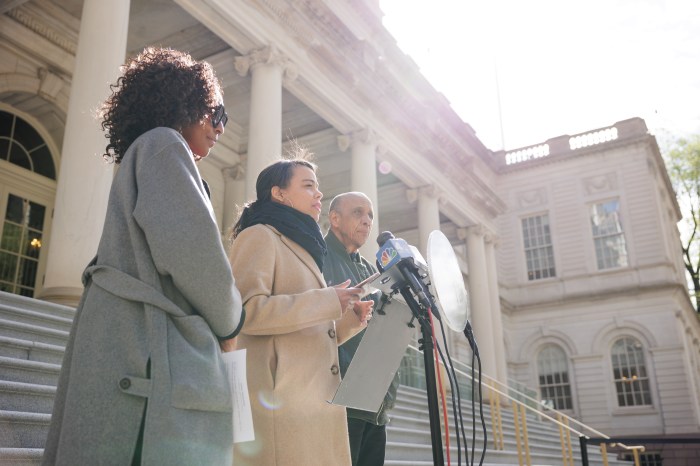Even some veteran riders were slapping their helmets in disbelief when they heard that Bicycling magazine is calling New York the nation’s No. 1 cycling city this year. It’s not like we have America’s most bike-friendly streets.
The perils are legion: Cobblestones that snag thin tires. Construction detours that funnel cyclists into tsunamis of motor traffic. Tourists who think bike lanes are great spots for selfies. Truckers who can’t see you. Taxi drivers who pretend they don’t.
But New York has made remarkable progress when it comes to two-wheel pedal power. After its 2013 rollout, the Citi Bike program quickly became the nation’s largest bike-share system — with 96,000 annual subscribers.
And by the end of this year, the city will have added more than 424 miles of bike lanes since 2006. Thirty-six of those miles will consist of protected lanes, sheltered from other vehicles by traffic islands and such. The city says protected lanes have been shown to cut injuries to cyclists — and pedestrians — by an average of 20 percent.
These trends are helping make us a more livable city.
Bikes are efficient.In a city choked with cars, trucks, buses and taxis, bicycles can move when motor traffic is stalled. That’s a major reason why the number of bicycle commuters in the city has doubled between 2007 and 2011 to 36,500 riders. Another reason is the necessary nuisance of subway repairs — which often takes down key parts of the system on weekends. Bikes offer a way to do errands without running up budget-busting cab fares.
Bicycling is healthy recreation.New Yorkers have known this forever. The route along Brooklyn’s Ocean Parkway to Coney Island opened in 1894 — one of the first bikeways in the country. But for decades it remained one of the city’s only bike paths. Now bikeways surround much of Manhattan’s shoreline and other scenic places.
Bikes will never compete directly with city subways and buses, which provide New Yorkers with 7.5 million rides daily. But they are helping us make major headway in the long uphill struggle for a better quality of life.

















